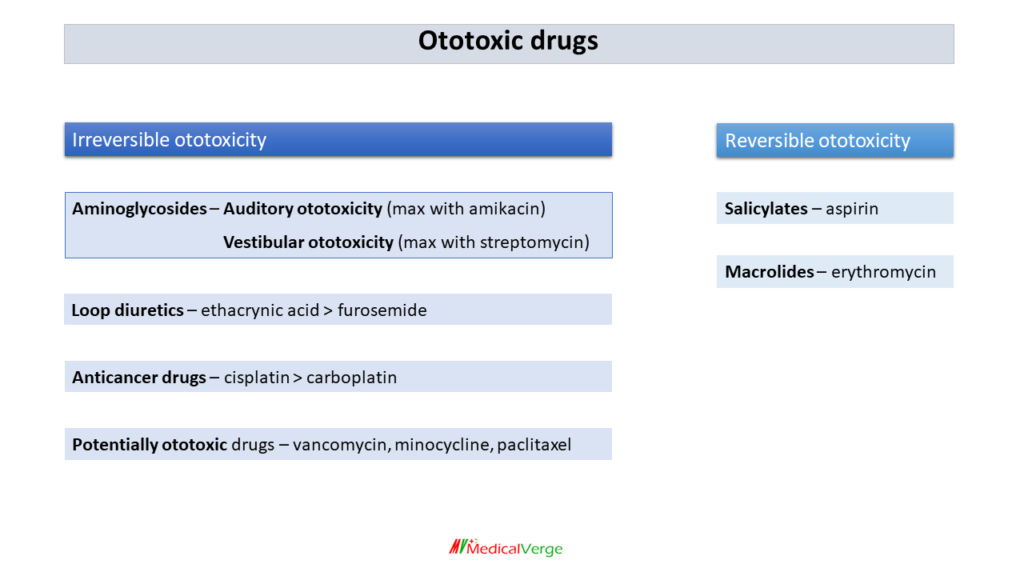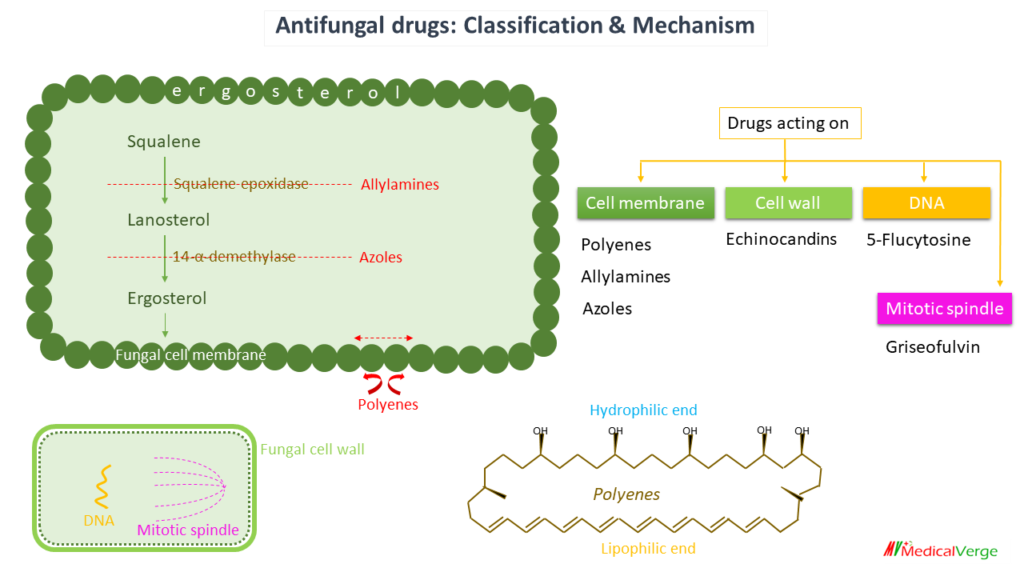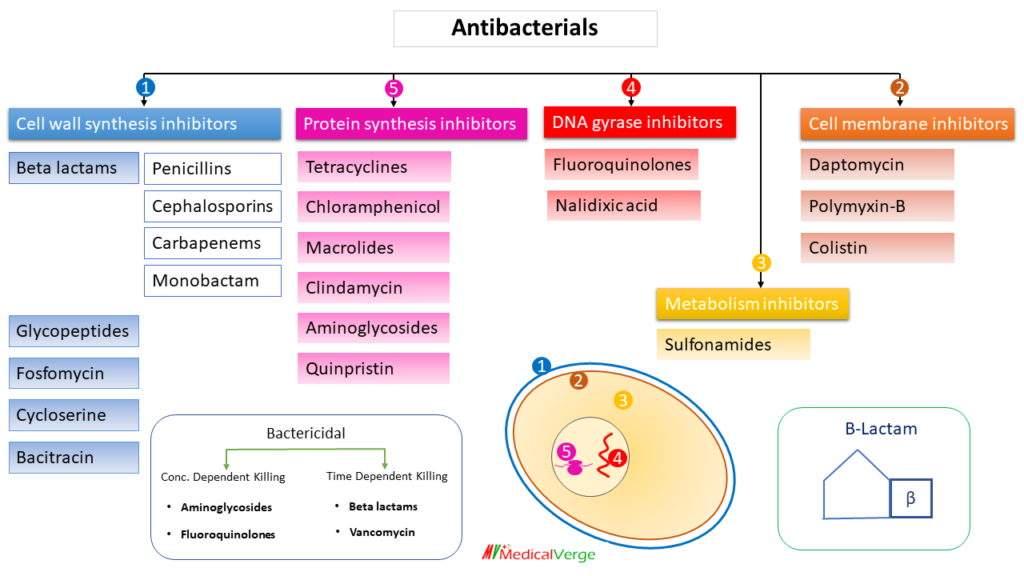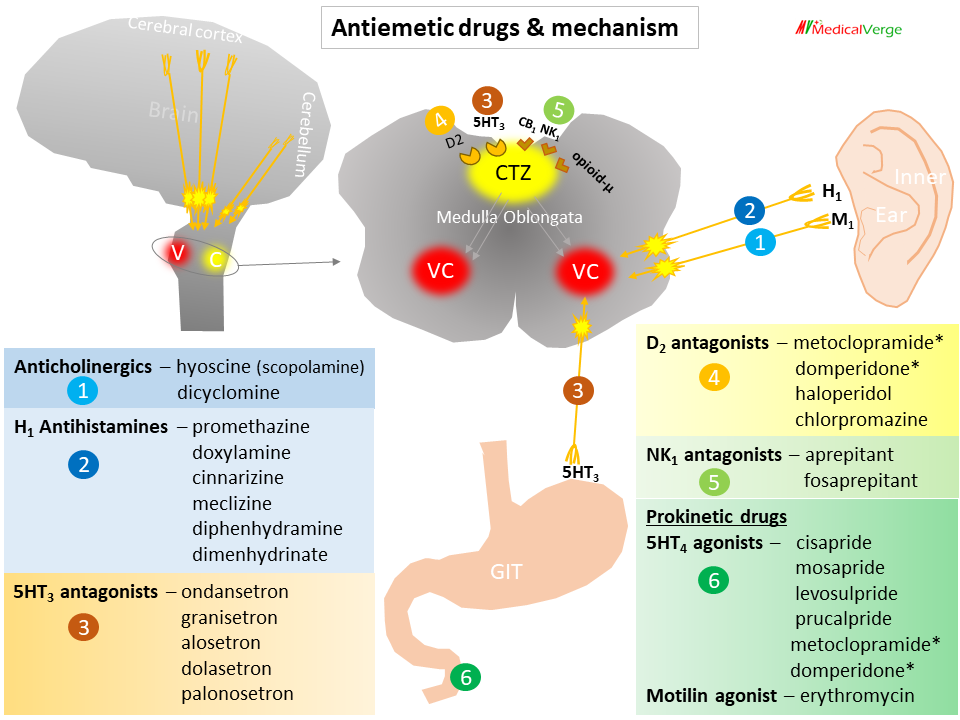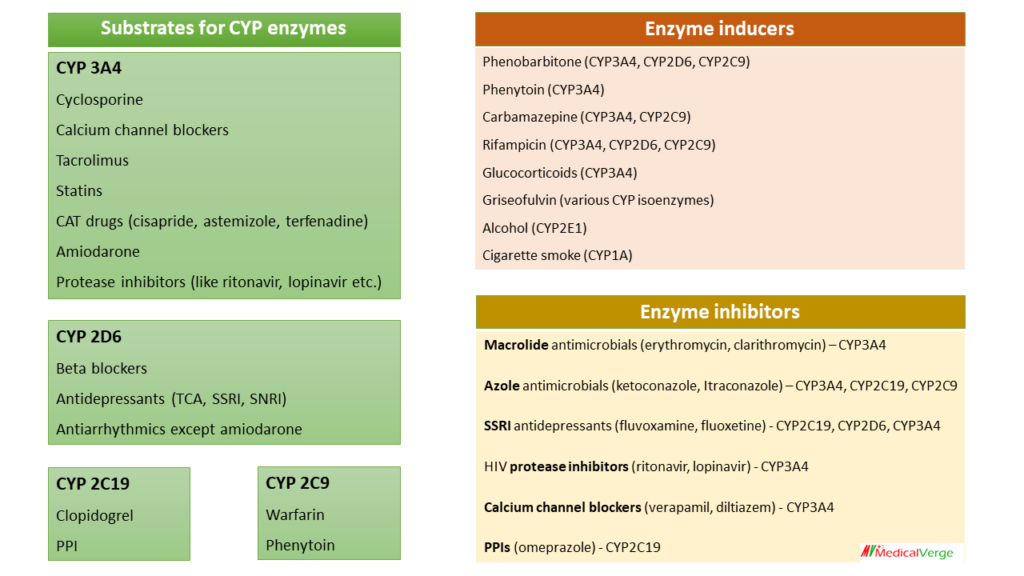Ototoxic drugs
Ototoxic denotes toxic to the ears (oto-). Ototoxic drugs are concentrated in the labyrinthine fluid. When the plasma concentration falls, these are gradually eliminated from the labyrinthine fluid. Ototoxicity is worse when the drug’s plasma concentration is consistently high and above a threshold value. Reduced renal clearance can predispose ototoxicity of the drug. The most […]
